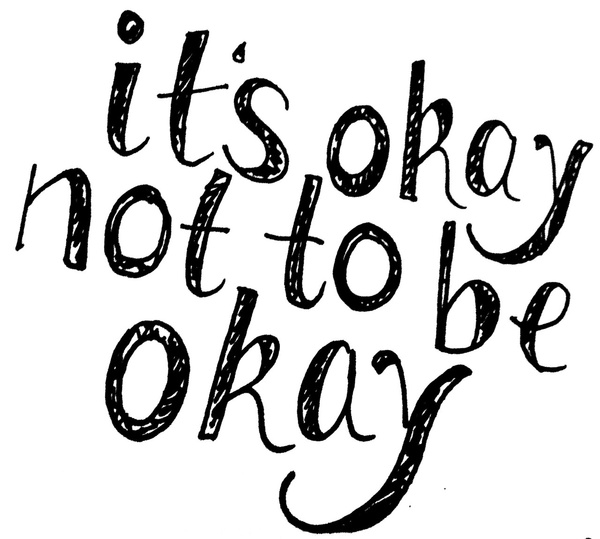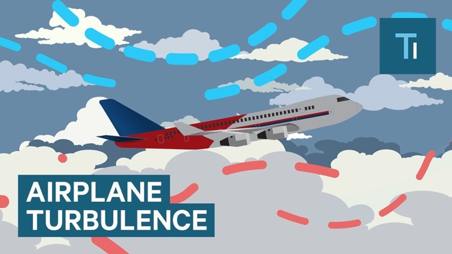Overcoming Flight Anxiety
By Sarah V. Hines, on December 24, 2019
If you’re familiar with anxiety, you know the feeling well before it’s full-blown panic. The unsettled, nervous jitters every time you think of your trigger. The unpleasant mental images in your head. Counting the ways that you can get out of the experience long before it starts. Anxiety, itself, is already unbearable when it strikes. When triggered by an upcoming flight, it seems catastrophic.
Flight anxiety affects millions of people in the United States alone and ranges from unpleasant to debilitating. Many people have never flown due to their anxiety, and amazing chances to travel are missed because of it. I, personally, struggle with it so much, I opted to take a three-and-a-half-day, cross-country train ride from Washington, D.C., to visit my family in Seattle, just to avoid flying. (Though it was an amazing trip, I do suggest making it a goal when you have plenty of time.) Soon, I realized that if I want to get anywhere quickly and enjoy more time at my destination, I was going to have to start tackling my overwhelming fear of flying.
There is good news and uncomfortable news about this: the good news is that it can be done. The uncomfortable news is that immersion has to be part of the process, meaning that you do have to fly before you can make headway. This post is not intended to cure you of your fear of flying, on that note. This post is intended to use the experience I’ve had working on my flight anxiety to help you take the steps toward lessening the fear with each flight.
Flight anxiety affects millions of people in the United States alone and ranges from unpleasant to debilitating. Many people have never flown due to their anxiety, and amazing chances to travel are missed because of it. I, personally, struggle with it so much, I opted to take a three-and-a-half-day, cross-country train ride from Washington, D.C., to visit my family in Seattle, just to avoid flying. (Though it was an amazing trip, I do suggest making it a goal when you have plenty of time.) Soon, I realized that if I want to get anywhere quickly and enjoy more time at my destination, I was going to have to start tackling my overwhelming fear of flying.
There is good news and uncomfortable news about this: the good news is that it can be done. The uncomfortable news is that immersion has to be part of the process, meaning that you do have to fly before you can make headway. This post is not intended to cure you of your fear of flying, on that note. This post is intended to use the experience I’ve had working on my flight anxiety to help you take the steps toward lessening the fear with each flight.

IMAGE SOURCE
1. No, you are not okay
My anxiety reaches far beyond my flying, and as such, as I have scheduled therapy sessions to combat it. One thing that my therapist brought up that really helped with my flight anxiety is that the tendency to tell ourselves that we’re okay when we are having an anxiety attack is counterproductive. You become frustrated at the dissonance—you are telling yourself you’re okay, but your mind is telling you that you are clearly not okay.
Instead of trying to tell yourself that you’re okay, that there’s nothing to worry about, the first step is to tell yourself that you are not okay, but that is okay because fear is normal. The first time I did that during a flight, it was a huge relief. It felt as though I was in control of my mind, even though I was panicking. I was able to settle in with my fear and reason with it. Was anybody else panicking? Was there an announcement that there was a problem? Were the flight attendants abandoning the snack cart to rush to their seats for their safety? No? Everything is probably fine. Do I tend to over-analyze things until I am absolutely sure that something is life-threateningly wrong? Yes. I realized the odds were likely the latter was what was going on instead of the former. I would never have been able to do this if I first didn’t acknowledge that I was not okay.

IMAGE SOURCE
2. Turbulence seems like it’s the end of the world—it’s not.
Even if you don’t fly, you are usually well-aware of what turbulence is, even if you think it’s that thing on the movies that first indicates there’s a problem before the violent crash. When I started flying, even the slightest rough air sent my anxiety through the roof. On a trip back from Seattle, we were warned when we boarded that there would be considerable turbulence at one spot, warned a little before we approached (and had the seatbelt sign turned on beforehand), and warned that the turbulence we were feeling was the expected turbulence when it began, and I still cried for the rest of the flight.
In truth, turbulence seems like the end to an anxious flyer but is a minor inconvenience to the experienced pilots. Turbulence is nothing more than countering air currents that hit the plane from different angles, causing it to wobble. The good news is that your plane has been tested extensively to withstand over 150% more pressure than even the strongest turbulence you’ll experience, long before it is off the ground. In fact, while we imagine the cockpit looking like a dramatic scene with the pilots fighting for control of the plane, the truth is that turbulence is often not even a reason to take the plane off of its automatic flight settings. Often, the plane will ascend or descend to for nothing more than the comfort of the passengers and flight attendants, not for any fear that the plane is in danger.

IMAGE SOURCE
3. Knowing is even more than half the battle
Perhaps the most helpful thing that I have done is researched flight technology and how flying actually happens. There are a lot of great resources out there, and I would suggest looking for information put out by the helpful pilots out there that dispel the myths most of us anxious flyers have in their head. If you’re on Facebook, there is an excellent group that I just joined recently called FearlessFlight: Birds of a Feather. The group is run by Captain Ron Nielsen who was a pilot for over 41 years and has his Master’s in counseling. He also has a very helpful guide for free download that dispels the myths of both take-off and turbulence (from where I was able to get a lot of the information above). Once you understand the mechanics and science behind flying, the skies seem much more friendly.
